Hearing aids that sit almost invisibly in the ear
Auribell in-the-ear hearing aids sit almost invisibly in your ears, which is why they are custom-made, individually for each customer. Even the smallest models offer outstanding sound quality.
In The Ear Hearing aids
just the right model for you
We manufacture it, individually to measure. Whether smallest possible, maximally discreet or particularly easy to handle. Fully automatic, can be operated with a remote control or with your smart phone. Can be connected to audio streaming, watching TV or making phone calls.
Everything is possible.
Designs
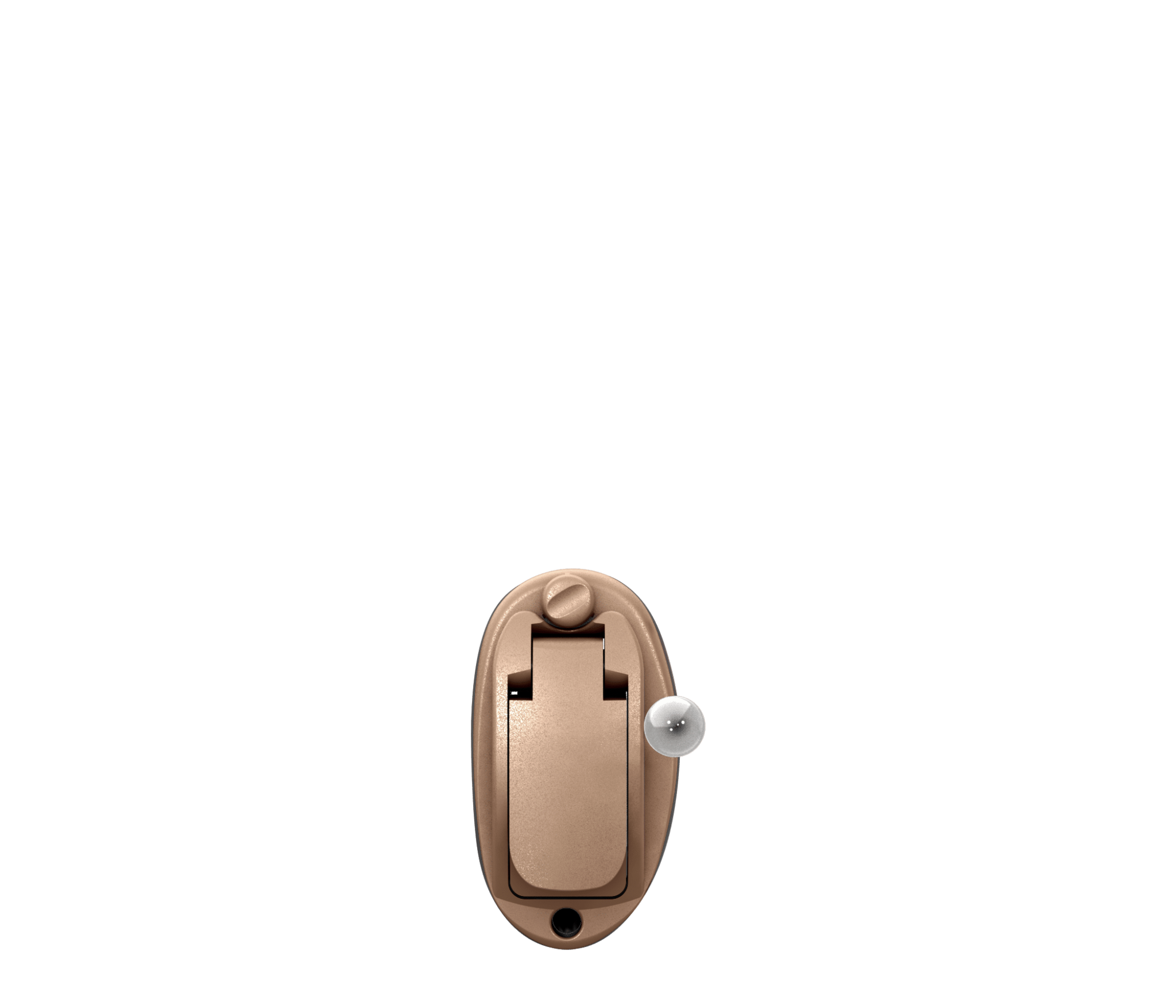
IIC / DIC
In-the-ear hearing aids
IIC / DIC
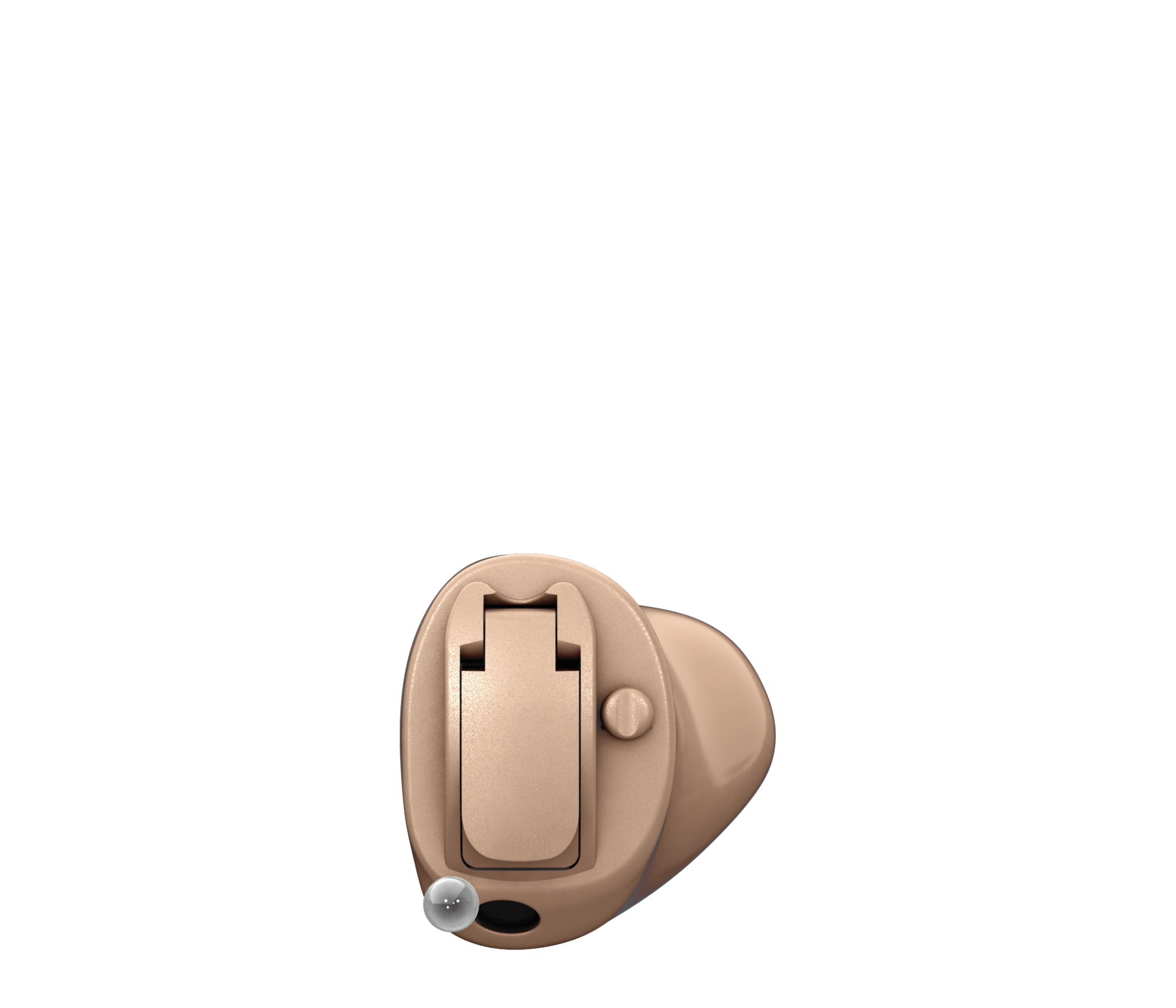
CIC
In-the-ear hearing aids
CIC
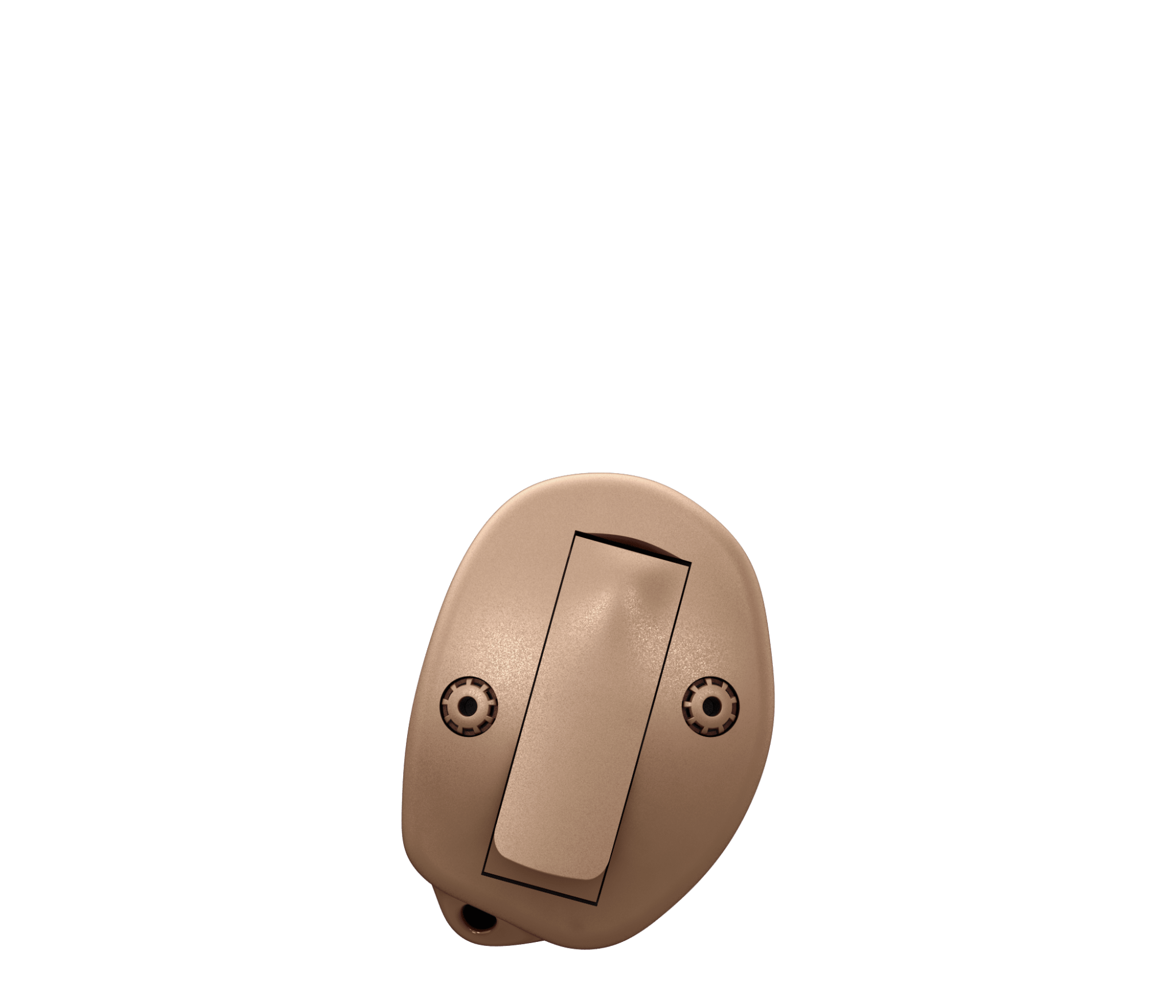
ITC
In-the-ear hearing aid
ITC
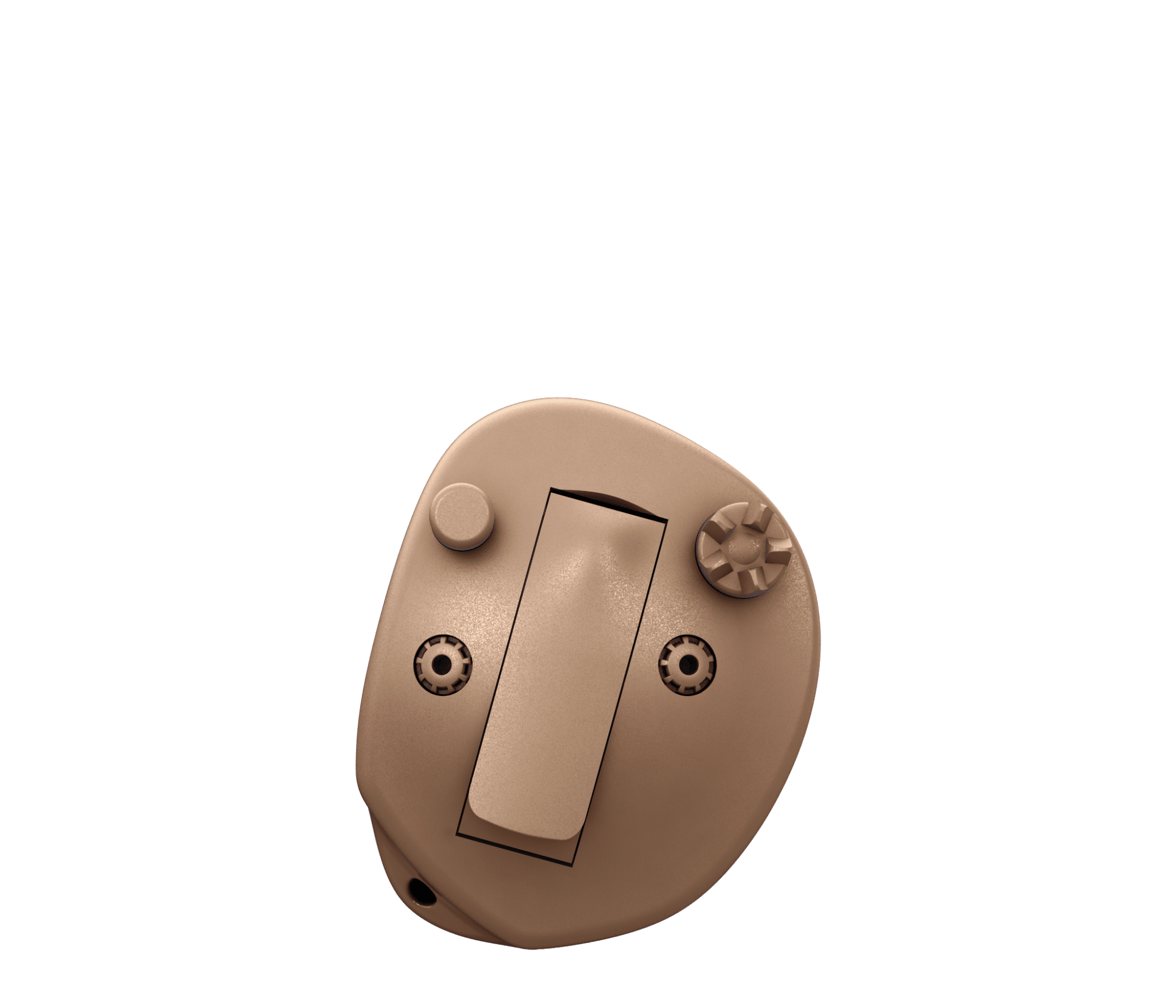
ITE HC
In-the-ear hearing aid
ITE HC
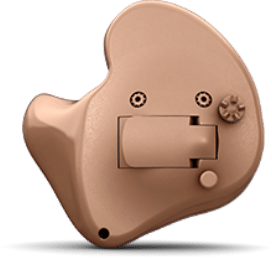
ITE FC
In-the-ear hearing aid
ITE FC
IIC | DIC
Invisible | Deep in Canal
Invisible | Deep in the canal
Construction:
This is the smallest and most sought-after design of an in-the-ear hearing aid, because it is the best way to fulfill the desire for the highest possible esthetics.
Ideally, the hearing aid disappears so deep into your ear canal that it cannot be seen by others from the outside.
You can pull it out of your ear using a transparent pull thread, which is also individually and ideally adapted to the anatomy of your ear.
Technology:
The amplification performance of IIC hearing aids is suitable for mild to moderate hearing loss due to its size.
All technology levels are available.
Some features cannot be realized due to size and/or due to the wearing position deep in the ear canal.
Power is supplied by the smallest available ZL10 hearing aid battery.
Service:
For changing the battery and switching it on and off, by opening and closing the battery drawer, a correspondingly fine hand-finger motor skills and feel are required.
As a rule, operating elements are not provided or required, the devices work fully automatically.
Some techniques allow the use of a mini remote control or remote control app on the smartphone
CIC
Completley in Canal
Completely in the canal
Construction:
CIC hearing aids are very small and fit completely, well hidden in your ear canal.
As a rule, a pull thread is attached to be able to pull you out of the ear canal to put them down.
Technology:
The amplification performance of CIC hearing aids is suitable for low- to moderate-severe hearing loss due to its size.
All technology levels are available.
Some features cannot be realized due to size and/or due to the wearing position deep in the ear canal.
Power is supplied by the smallest available ZL10 hearing aid battery.
Service:
For changing the battery and switching it on and off, by opening and closing the battery drawer, a correspondingly fine hand-finger motor skills and feel are required.
Despite their small size, it is possible to provide controls to operate them without a remote control, if this is desired in addition to the fully automatic.
Some techniques allow the use of a mini remote control or remote control app on the smartphone.
ITC
In the Canal
In the canal
Construction:
In-the-canal hearing aids are worn in the ear canal and are predominantly terminated with the ear canal outlet. Their design allows for some technical refinements that are not always feasible with smaller designs.
Technology:
The amplification performance of IIC hearing aids is suitable for mild to profound hearing loss.
All technology levels are available.
Power is usually supplied by the medium-sized ZL312 hearing aid battery, so a battery life of 5-10 days can be expected, depending on the equipment.
The hearing aids can optionally be equipped with Bluetooth Low Eergie technology, enabling connectivity to smartphones, tablet computers, televisions and other audio devices.
Controls such as buttons and loudspeakers are also available as options.
Service:
Due to its size, the device is easy to handle. Also, due to the larger battery, the demands on the hand-finger motor skills and haptics are not quite as high as with an IIC, DIC or CIC hearing aid.
Optional controls, such as buttons and volume wheels, can also be used to control the smartphone using a mini remote control or remote control app.
ITE-HC
In the EAR - Half Conchae
In the OHr - Half Conchae
Construction:
In-the-ear half-conchae hearing aids are worn in the ear canal and up to half of the auricle. This may result from a narrow ear canal that cannot accommodate all the components of the desired technology, which is why the technology is partially housed in the auricle.
Technology:
The amplification power of in-channel hearing aids is suitable for mild to profound hearing loss.
All technology levels are available.
Power is usually supplied by the ZL312 medium-sized hearing aid battery, so a battery life of 5-10 days can be expected, depending on the equipment and amplification power.
The hearing aids can optionally be equipped with Bluetooth Low Eergie technology, enabling connectivity to smartphones, tablet computers, televisions and other audio devices.
Controls such as buttons and volume wheels are also available as options.
Service:
Due to its size, the device is even easier to grip and position than an ITC hearing aid.
Here, too, optional controls such as buttons and volume wheels can be used, as well as control by a mini remote control or remote control app on the smartphone.
ITE-FC
In the EAR - Full Conchae
In dem OHr - Voll Conchae
Construction:
In-the-ear full conche hearing aids are worn in the ear canal and throughout the auricle. This can result from a narrow ear canal that cannot accommodate all the components of the desired technology, which is why the technology is partially housed in the auricle.
On the other hand, it can also result from the easy haptic and motor handling, because a large device is easier to grasp than all smaller variants of the in-the-ear hearing aid.
Technology:
The amplification performance of IIC hearing aids is suitable for mild to profound hearing loss.
All technology levels are available.
Power is usually supplied by the largest hearing aid battery ZL13 or optionally the medium-sized hearing aid battery ZL312. With the largest battery, therefore, depending on the equipment and amplification power, the longest battery life of 5-14 days can be expected.
The hearing aids can optionally be equipped with Bluetooth Low Eergie technology, enabling connectivity to smartphones, tablet computers, televisions and other audio devices.
Controls such as buttons and volume wheels are also available as options.
Service:
Due to its size, the device is even easier to grip and position than an ITC hearing aid.
Here, too, optional controls, such as buttons and volume wheels, can also be controlled by a mini remote control or remote control app on the smartphone.
In-the-ear hearing aids - what you should know
What are the pros and cons of in-the-ear hearing aids?
Per:
- Discreet, cosmetically demanding wearing is absolutely feasible, provided that the anatomy and the degree of hearing loss allow an appropriate design
- the sound recording by the hearing aid microphone(s) takes place in almost the same position as without a hearing aid. As a result, the natural function of the auricle (directivity, pinna effect) is preserved
- the area behind and on the ear remains completely free, as the hearing aid is completely located in the auricle and/or ear canal.
This means that there is no conflict with any existing temples, absolutely nothing can slip during physical activity (e.g. a headstand 😉 ). Scarring and other pathological findings behind the ear can also be considered as a reason - In the case of limited finger motor skills, spatial orientation ability at the ear, which may already prevent the handling of behind-the-ear hearing aids, larger ITCs or ITEs can still be used and discontinued independently.
Contra:
- Severe hearing loss bordering on deafness cannot be treated
- Hearing losses that are less than 15-10 dB in the low frequency range may not be treated due to a closure effect (occlusion) if a small anatomy does not allow an additional opening in the hearing aid or a low placement in the bony part of the ear canal, directly in front of the eardrum
- More demanding maintenance by the user and the hearing care professional, due to the compact design and the wearing position in the ear canal
- Ear canals that are prone to rapid inflammation, increased moisture build-up or earwax production
How much do in-the-ear hearing aids cost?
We offer you an in-the-ear hearing aid fitting, in the smallest possible construction, based on your anatomy and individual hearing loss, from a personal contribution* of € 149,-. The private price is from € 934,-
For quality reasons, we deliberately do not offer a free solution, as many large chain stores do.
Depending on the type of materials used, the technical features and the design of an in-the-ear hearing aid, you can get a hearing aid supply up to a personal contribution* of € 2815,- for those with statutory health insurance, or € 3600,- private price*.
* per ear to be treated, plus € 10,- statutory co-payment for persons with statutory health insurance if they are not exempt from it.
What does the insurance company pay for in-the-ear hearing aids?
As with behind-the-ear hearing aids, the statutory health insurance companies pay the applicable contract price.
Terms:
In-ear hearing aids are often called differently.
As hearing care professionals, we mainly call them in-ear devices or ITE for short.
ITE is an abbreviation for In the ear hearing aid, even the word hearing aid is usually omitted when we talk to experts, because it is clear to everyone that we are talking about hearing aids.
The English abbreviations listed above (IIC, DIC, ITC, ITE-HC/FC) ARE ALSO OFTEN USED, BECAUSE THEY ALLOW YOU TO GET STRAIGHT TO THE POINT OF WHICH VERSION YOU ARE TALKING ABOUT.
Customers often refer to them as inner ear hearing aids.
Of course, every audiologist understands what is meant, although the term is not factually correct, because the inner ear is located, embedded in the skull bone, behind the middle ear – with the best will in the world, no hearing aid can reach there – except for the electrode of a cochlear implant, which is also a hearing aid in the broader sense, only one that has to be permanently implanted with surgery.
We have also heard of small florets in the ear , the lady who coined this term was a florist herself and associated small, salmon-colored moss florets with beige-colored CIC / ITC.
Hearing aids that sit almost invisibly in the ear
Auribell in-the-ear hearing aids sit almost invisibly in your ears, which is why they are custom-made, individually for each customer. Even the smallest models offer outstanding sound quality.
In The Ear Hearing aids
just the right model for you
We manufacture it, individually to measure. Whether smallest possible, maximally discreet or particularly easy to handle. Fully automatic, can be operated with a remote control or with your smart phone. Can be connected to audio streaming, watching TV or making phone calls.
Everything is possible.
IIC | DIC
Invisible | Deep in Canal
Invisible | Deep in the canal
Construction:
This is the smallest and most sought-after design of an in-the-ear hearing aid, because it is the best way to fulfill the desire for the highest possible esthetics.
Ideally, the hearing aid disappears so deep into your ear canal that it cannot be seen by others from the outside.
You can pull it out of your ear using a transparent pull thread, which is also individually and ideally adapted to the anatomy of your ear.
Technology:
The amplification performance of IIC hearing aids is suitable for mild to moderate hearing loss due to its size.
All technology levels are available.
Some features cannot be realized due to size and/or due to the wearing position deep in the ear canal.
Power is supplied by the smallest available ZL10 hearing aid battery.
Service:
For changing the battery and switching it on and off, by opening and closing the battery drawer, a correspondingly fine hand-finger motor skills and feel are required.
As a rule, operating elements are not provided or required, the devices work fully automatically.
Some techniques allow the use of a mini remote control or remote control app on the smartphone
CIC
Completley in Canal
Completely in the canal
Construction:
CIC hearing aids are very small and fit completely, well hidden in your ear canal.
As a rule, a pull thread is attached to be able to pull you out of the ear canal to put them down.
Technology:
The amplification performance of CIC hearing aids is suitable for low- to moderate-severe hearing loss due to its size.
All technology levels are available.
Some features cannot be realized due to size and/or due to the wearing position deep in the ear canal.
Power is supplied by the smallest available ZL10 hearing aid battery.
Service:
For changing the battery and switching it on and off, by opening and closing the battery drawer, a correspondingly fine hand-finger motor skills and feel are required.
Despite their small size, it is possible to provide controls to operate them without a remote control, if this is desired in addition to the fully automatic.
Some techniques allow the use of a mini remote control or remote control app on the smartphone.
ITC
In the Canal
In the canal
Construction:
In-the-canal hearing aids are worn in the ear canal and are predominantly terminated with the ear canal outlet. Their design allows for some technical refinements that are not always feasible with smaller designs.
Technology:
The amplification performance of IIC hearing aids is suitable for mild to profound hearing loss.
All technology levels are available.
Power is usually supplied by the medium-sized ZL312 hearing aid battery, so a battery life of 5-10 days can be expected, depending on the equipment.
These hearing aids can optionally be equipped with Bluetooth Low Energy technology, enabling connectivity to smartphones, tablet computers, televisions and other audio devices.
Controls such as buttons and loudspeakers are also available as options.
Service:
Due to its size, the device is easy to handle.
Also, due to the larger battery, the demands on the hand-finger motor skills and haptics are not quite as high as with an IIC, DIC or CIC hearing aid.
Optional controls, such as buttons and volume wheels, can also be used to control the smartphone using a mini remote control or remote control app.
ITE-HC
In the EAR - Half Conchae
In the OHr - Half Conchae
Construction:
In-the-ear half-conchae hearing aids are worn in the ear canal and up to half of the auricle. This may result from a narrow ear canal that cannot accommodate all the components of the desired technology, which is why the technology is partially housed in the auricle.
Technology:
The amplification power of in-channel hearing aids is suitable for mild to profound hearing loss.
All technology levels are available.
Power is usually supplied by the ZL312 medium-sized hearing aid battery, so a battery life of 5-10 days can be expected, depending on the equipment and amplification power.
The hearing aids can optionally be equipped with Bluetooth Low Eergie technology, enabling connectivity to smartphones, tablet computers, televisions and other audio devices.
Controls such as buttons and volume wheels are also available as options.
Service:
Due to its size, the device is even easier to grip and position than an ITC hearing aid.
Here, too, optional controls such as buttons and volume wheels can be used, as well as control by a mini remote control or remote control app on the smartphone.
ITE-FC
In the EAR - Full Conchae
In dem OHr - Voll Conchae
Construction:
In-the-ear full conche hearing aids are worn in the ear canal and throughout the auricle. This can result from a narrow ear canal that cannot accommodate all the components of the desired technology, which is why the technology is partially housed in the auricle.
On the other hand, it can also result from the easy haptic and motor handling, because a large device is easier to grasp than all smaller variants of the in-the-ear hearing aid.
Technology:
The amplification performance of IIC hearing aids is suitable for mild to profound hearing loss.
All technology levels are available.
Power is usually supplied by the largest hearing aid battery ZL13 or optionally the medium-sized hearing aid battery ZL312. With the largest battery, therefore, depending on the equipment and amplification power, the longest battery life of 5-14 days can be expected.
The hearing aids can optionally be equipped with Bluetooth Low Eergie technology, enabling connectivity to smartphones, tablet computers, televisions and other audio devices.
Controls such as buttons and volume wheels are also available as options.
Service:
Due to its size, the device is even easier to grip and position than an ITC hearing aid.
Here, too, optional controls, such as buttons and volume wheels, can also be controlled by a mini remote control or remote control app on the smartphone.
In-the-ear hearing aids - what you should know
What are the pros and cons of in-the-ear hearing aids?
Per:
- Discreet, cosmetically demanding wearing is absolutely feasible, provided that the anatomy and the degree of hearing loss allow an appropriate design
- the sound recording by the hearing aid microphone(s) takes place in almost the same position as without a hearing aid. As a result, the natural function of the auricle (directivity, pinna effect) is preserved
- the area behind and on the ear remains completely free, as the hearing aid is completely located in the auricle and/or ear canal.
This means that there is no conflict with any existing temples, absolutely nothing can slip during physical activity (e.g. a headstand 😉 ). Scarring and other pathological findings behind the ear can also be considered as a reason - In the case of limited finger motor skills, spatial orientation ability at the ear, which may already prevent the handling of behind-the-ear hearing aids, larger ITCs or ITEs can still be used and discontinued independently.
Contra:
- Severe hearing loss bordering on deafness cannot be treated
- Hearing losses that are less than 15-10 dB in the low frequency range may not be treated due to a closure effect (occlusion) if a small anatomy does not allow an additional opening in the hearing aid or a low placement in the bony part of the ear canal, directly in front of the eardrum
- More demanding maintenance by the user and the hearing care professional, due to the compact design and the wearing position in the ear canal
- Ear canals that are prone to rapid inflammation, increased moisture build-up or earwax production
How much do in-the-ear hearing aids cost?
We offer you an in-the-ear hearing aid fitting, in the smallest possible construction, based on your anatomy and individual hearing loss, from a personal contribution* of € 149,-. The private price is from € 934,-
For quality reasons, we deliberately do not offer a free solution, as many large chain stores do.
Depending on the type of materials used, the technical features and the design of an in-the-ear hearing aid, you can get a hearing aid supply up to a personal contribution* of € 2815,- for those with statutory health insurance, or € 3600,- private price*.
* per ear to be treated, plus € 10,- statutory co-payment for persons with statutory health insurance if they are not exempt from it.
What does the insurance company pay for in-the-ear hearing aids?
As with behind-the-ear hearing aids, the statutory health insurance companies pay the applicable contract price.
Terms:
In-ear hearing aids are often called differently.
As hearing care professionals, we mainly call them in-ear devices or ITE for short.
ITE is an abbreviation for In the ear hearing aid, even the word hearing aid is usually omitted when we talk to experts, because it is clear to everyone that we are talking about hearing aids.
The English abbreviations listed above (IIC, DIC, ITC, ITE-HC/FC) ARE ALSO OFTEN USED, BECAUSE THEY ALLOW YOU TO GET STRAIGHT TO THE POINT OF WHICH VERSION YOU ARE TALKING ABOUT.
Customers often refer to them as inner ear hearing aids.
Of course, every audiologist understands what is meant, although the term is not factually correct, because the inner ear is located, embedded in the skull bone, behind the middle ear – with the best will in the world, no hearing aid can reach there – except for the electrode of a cochlear implant, which is also a hearing aid in the broader sense, only one that has to be permanently implanted with surgery.
We have also heard of small florets in the ear , the lady who coined this term was a florist herself and associated small, salmon-colored moss florets with beige-colored CIC / ITC.
